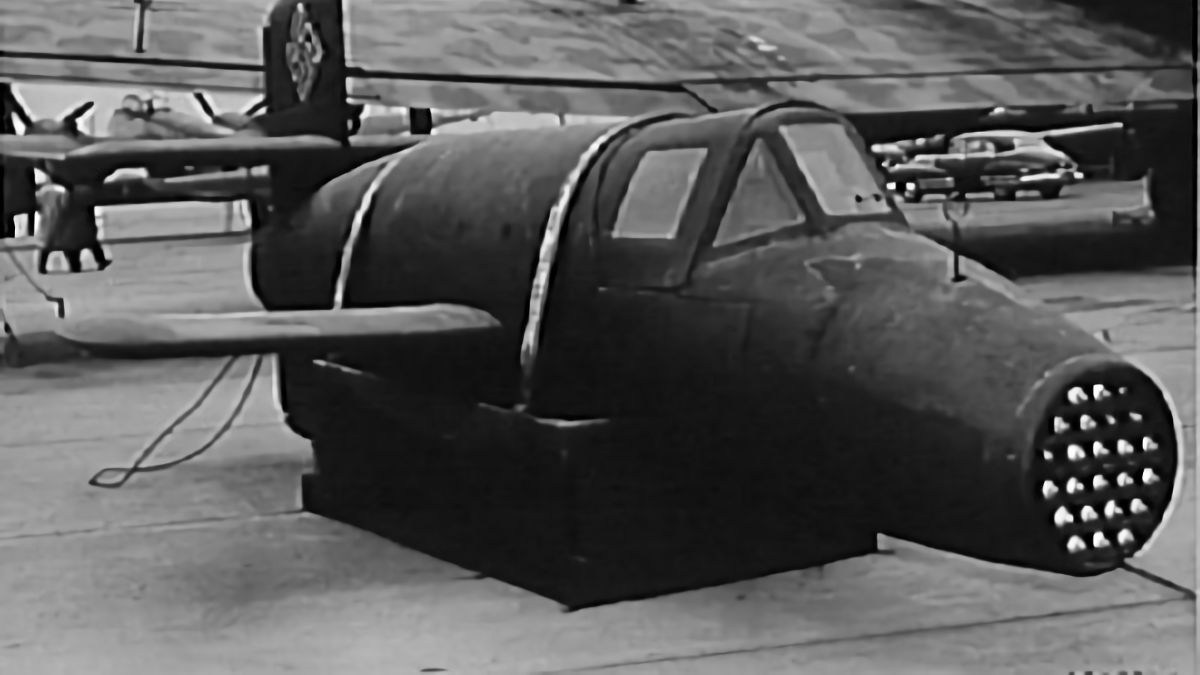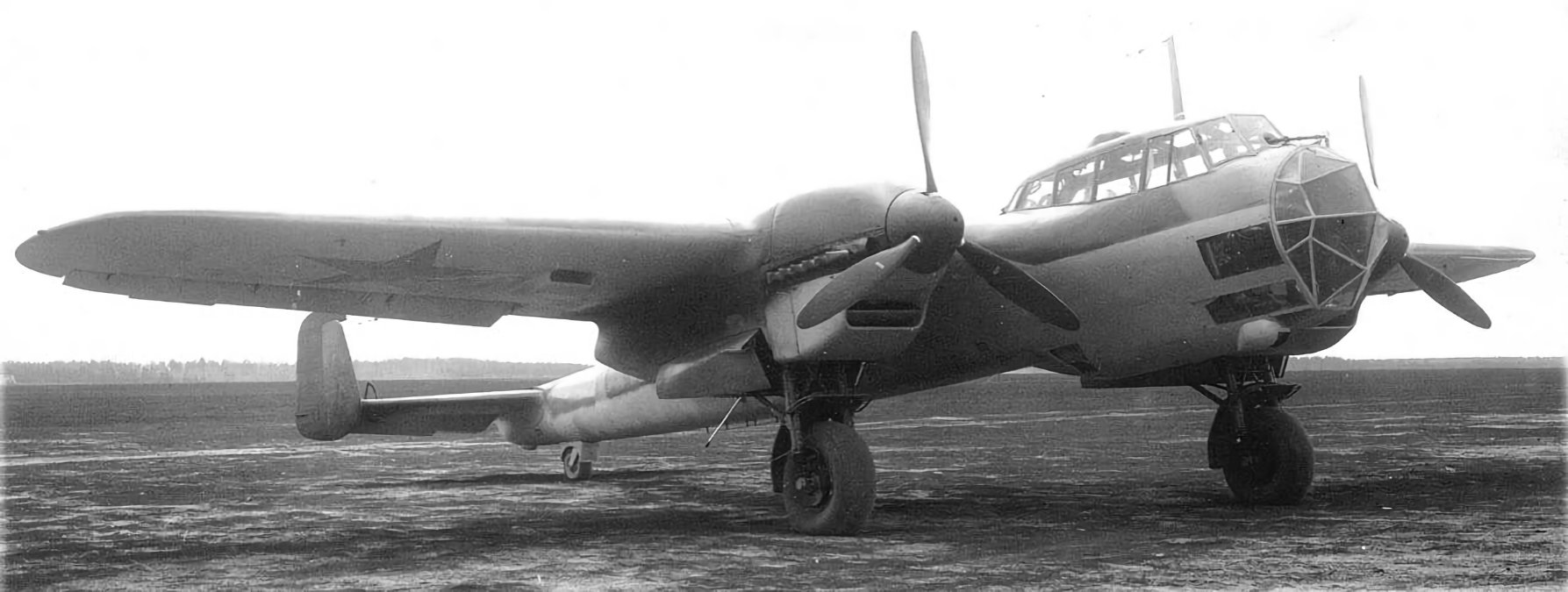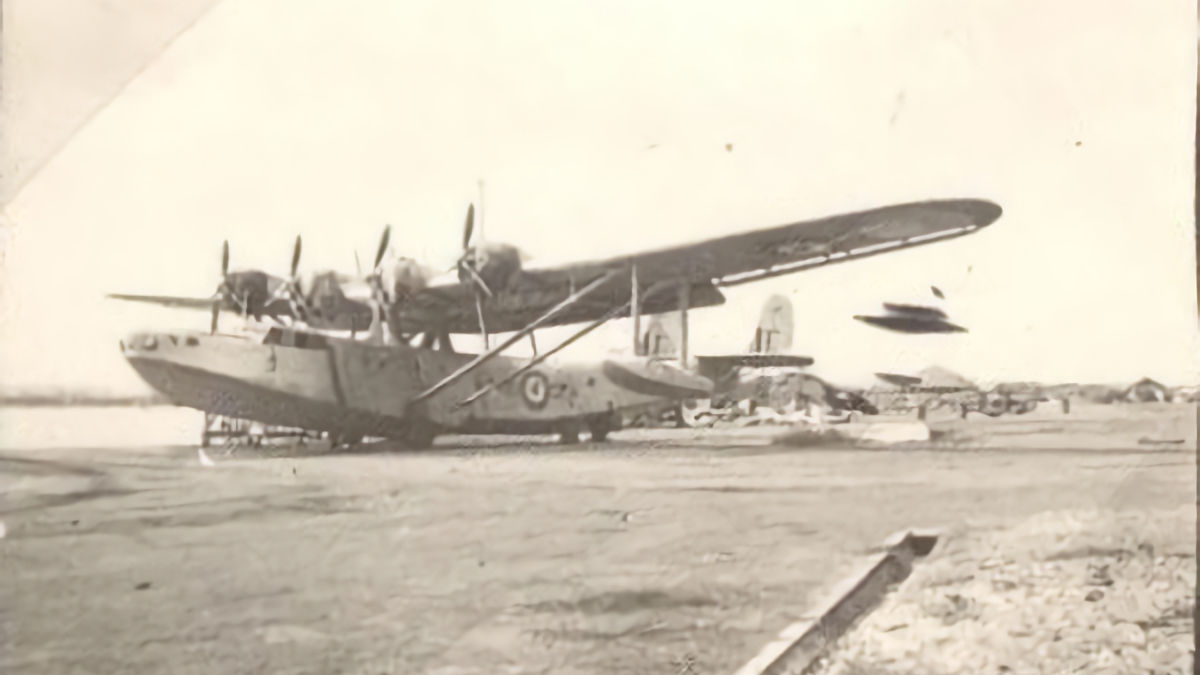Tag: Aircraft
-
Bachem Ba-349 Natter

Bachem Ba-349 Natter The Bachem Ba 349 Natter was a World War II German point-defence rocket-powered interceptor, which was to be used in a very similar way to a manned surface-to-air missile. The design team at Bachem-Werke GmbH for the Bachem Ba 349 Natter was led by Dipl Ing Erich Bachem, formerly technical director at… Read more
-
Dornier Do 215 in Soviet Service

Dornier Do 215 in Soviet Service The Soviet Union purchased two Dornier Do 215 B-3 long range reconnaissance aircraft for evaluation. Originally ordered as Do 215B-2s by the Luftwaffe, which had cancelled its order in favour of the Junkers Ju 88 and Heinkel He 177, they were redesignated Do 215B-3s. They were not equipped with… Read more
